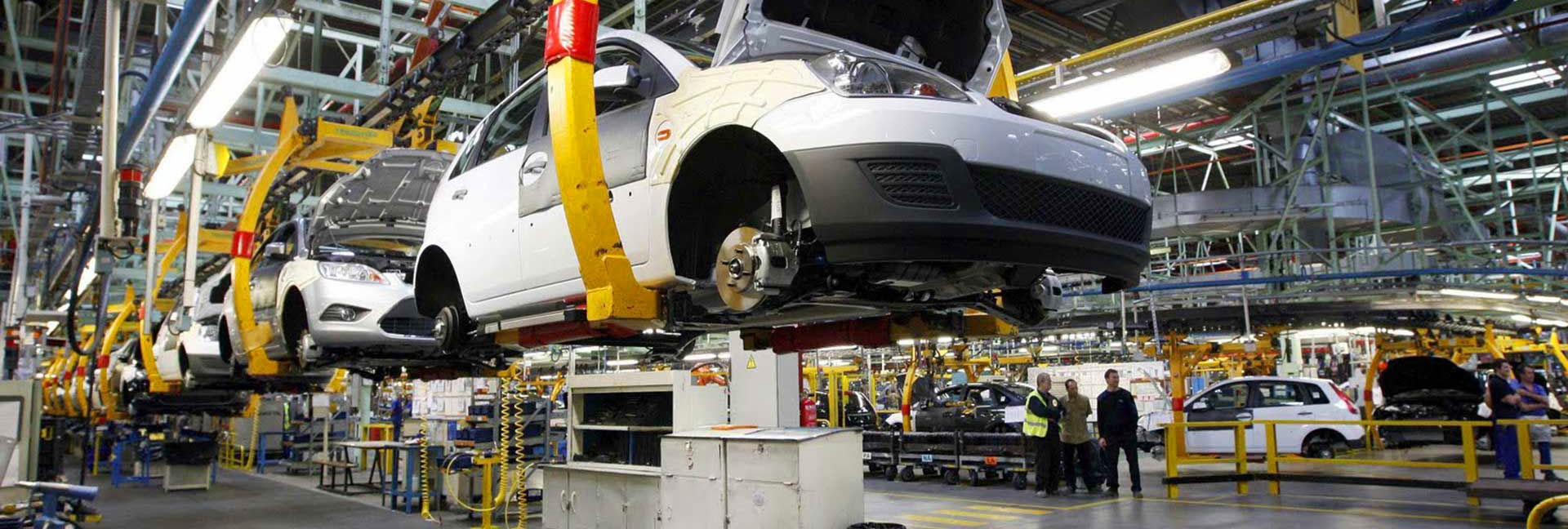

EUROLAB laboratory provides testing and compliance services within the scope of ECE R93 standard. The ECE R93 test regulation defines the approval requirements for large double-decker passenger vehicles in terms of general construction. This regulation is valid for every single-deck, double-deck, rigid articulated vehicle of category M2 or M3.

The requirements of this directive do not apply to the following vehicles:
The requirements of this Regulation are valid for the following vehicles only to the extent that they are suitable for their intended use and function:
Vehicles designed for use by the police, security and armed forces
Vehicles with seats designed for use only when the vehicle is stationary, but not designed to carry more than 8 persons (excluding the driver) while in motion.
Examples of these are mobile libraries, mobile churches and mobile accommodation units. Seats in such vehicles designated for use while the vehicle is in motion must be clearly identified to users.
Aside from the appropriate provisions, this regulation will prevent the party from specifying the requirements to be registered in its country, where no vehicle is equipped internally or externally, for audio or visual route and/or mounting and technical requirements for target display equipment.
According to the current situation, there are internal and external emergency exit valves in passenger transport vehicles. In case of a possible danger or emergency, these valves are opened and the system air is evacuated. By evacuating the system air at approximately 8 bar pressure, it becomes possible to manually open the door or doors manually. However, performing this practice while cruising may cause serious accidents.
According to the ECE R107 regulation, the purpose is to ensure passenger safety by preventing the doors from being opened in case of intervention in the emergency valves while the vehicle is in motion.
For this purpose, the door safety system consisting of a safety valve, safety control valve, pressure sensor and control module has been developed. Safety valve in this system; It is responsible for preventing the emergency valves from evacuating the air in the pneumatic line.
The duty of triggering the safety valve belongs to the safety control valve. The pressure loss in the emergency valves is controlled by the pressure sensor. The control module is used to send commands to the control valve according to the door position, vehicle speed and pressure information. Thus, emergency valves are deactivated when the vehicle speed is 5 km/h and above, and their activation is prevented until it falls below this determined speed value.
EUROLAB laboratory, with its professional engineer staff, provides the best service to you, our suppliers and manufacturers, with 107 years of experience, within the scope of approval of M2 and M3 category vehicles regarding the general structure of ECE R25. Do not hesitate to contact our organization EUROLAB for all your automotive testing and service requests.
To get an appointment, to get more detailed information or to request an evaluation, you can ask us to fill in our form and reach you.